Emergencies can strike any moment, and being prepared can be the difference between life and death. Investing in the right tactical gear for emergencies is one way to ensure you’re ready. This article will delve into the importance of having the right equipment, tools, and gear tailored for unforeseen situations and how to choose the most effective items for your needs.
Why Tactical Gear for Emergencies is Essential
Emergencies aren’t predictable. From natural disasters like earthquakes and floods to unexpected situations like a car breakdown in a remote location, being equipped with tactical gear ensures your safety. Essential gear helps address fundamental human needs: food, water, and shelter. It also empowers individuals in self-defense, protection, and navigation during uncertain times.
From Ordinary to Tactical
While standard camping guides and essential hiking gear can serve in emergencies, tactical gear is specifically designed for challenging situations. Items like a survival knife, flashlight, and first-aid kit become indispensable tools, ensuring a higher chance of survival.
Essential Tactical Gear for Emergencies
These are as follows:
- Food and water supplies
- Shelter and clothing
- First-aid and survival kits
- Self-defense and protection tools
- Lighting and Navigation
Food and Water Supplies
Emergencies may cut off access to regular food and water sources. Investing in long-lasting, ready-to-eat food items and water purification tools or tablets is crucial. Additionally, a lightweight, durable water pouch or bottle is essential to store and carry water.
 Shelter and Clothing
Shelter and Clothing
In emergencies, protection from the elements can be life-saving. A lightweight emergency shelter, tent, and tactical clothing suitable for all weather conditions is a must-have. Consider materials like nylon for durability.
 First-Aid and Survival Kits
First-Aid and Survival Kits
A comprehensive first-aid kit should be on everyone’s tactical gear list. From bandages to medicines, it can make a significant difference. On the other hand, survival kits often include multi-tools, fire-starting equipment, and signaling devices.
 Self-defense and Protection Tools
Self-defense and Protection Tools
Emergencies might put you in situations where self-defense becomes essential. Tools like a tactical knife or blade, firearm, or other weapons can offer the required protection.
 Lighting and Navigation
Lighting and Navigation
In a world dependent on electronic devices, having manual tools like flashlights, compasses, and maps is essential when facing power outages or getting lost.
Purchasing and Storing Your Tactical Gear
Where to Buy
Numerous stores and online shops specialize in tactical gear for emergencies. Look out for sales, discounts, and special offers. Always check out the details of the products, read reviews, and even seek advice from experts through forums or magazines dedicated to emergency preparedness.
Storing Your Gear
Once you’ve acquired your gear, it’s essential to store them in an easily accessible location. Using tactical bags or backpacks helps organize your gear, making grabbing and going in emergencies easier.
Price vs. Quality
While it’s tempting to go for cheaper options, remember that this gear might be what stands between life and death. It’s advisable to invest in quality over price.
Understanding the Different Types of Tactical Gear
Not all emergencies are the same. A situation that arises due to a natural disaster may require different tools and equipment than one resulting from a human-made crisis. For example, a firearm or weapon might be essential for personal security in some situations, whereas water purification tablets and fishing equipment may be more necessary in wilderness emergencies.
 Personalizing Your Tactical Gear
Personalizing Your Tactical Gear
Adapting your emergency kit according to your location, family size, and specific needs is crucial. Those living in urban areas might prioritize self-defense tools and lightweight shelter, while those in rural or forested areas could lean more toward hunting and fishing equipment.
Maintaining Your Tactical Gear
Following are the ways to maintain your tactical gear.
- Regular checks
- Training and Familiarization
Regular Checks
Once you’ve assembled your tactical gear for emergencies, it’s not a ‘set and forget’ situation. Regularly inspect your gear, check the expiration dates on food and medical supplies, and replace any items as needed.
Training and Familiarization
Owning the equipment isn’t enough; you must know how to use it. Proper training is vital in setting up a tent, starting a fire, or using a firearm safely. Consider attending workshops or watching instructional YouTube videos to keep your skills sharp.
Considerations for Families and Kids
Child-Specific Gear
If you have children, your emergency kit will need some modifications. Consider including items like child-sized clothing, comfort items, and age-appropriate food. It’s also essential to teach kids the basics of emergency preparedness in an understandable and not fear-inducing way.
Pets and Other Dependents
Pets are family, too! Don’t forget to have an emergency kit with food, water, and any medications they might need. Similarly, if you’re responsible for elderly family members or anyone with special needs, ensure your gear accounts for their requirements.
Making Tactical Gear Accessible
Easy-to-Carry Options
In many emergencies, you might be on the move. Opt for backpacks and pouches that distribute weight evenly and are comfortable for long periods. Lightweight and durable materials, like nylon, should be a top choice.
Digital Preparedness
While traditional gear is essential, we live in a digital age. Ensure you have access to digital maps, emergency contacts, and other vital information stored offline. Portable chargers, solar chargers, and waterproof cases can be lifesavers.
Frequently Asked Questions
Do I need special permits for certain tactical gear items, like firearms?
Certain items like firearms might require permits or licenses depending on your jurisdiction. Always check local regulations before purchasing.
How do I decide between tactical gear options when there are so many choices?
Prioritize your immediate needs, consider gear versatility, read reviews, and perhaps consult with professionals or those experienced in emergency preparedness.
Should I involve my family in tactical gear training?
Absolutely. Ensuring every family member understands how to use the gear increases the chances of a positive outcome in emergencies.
Are there mobile apps that can complement my tactical gear in emergencies?
Various apps offer offline maps, SOS signals, and survival guides. However, always have non-digital backups as technology can fail.

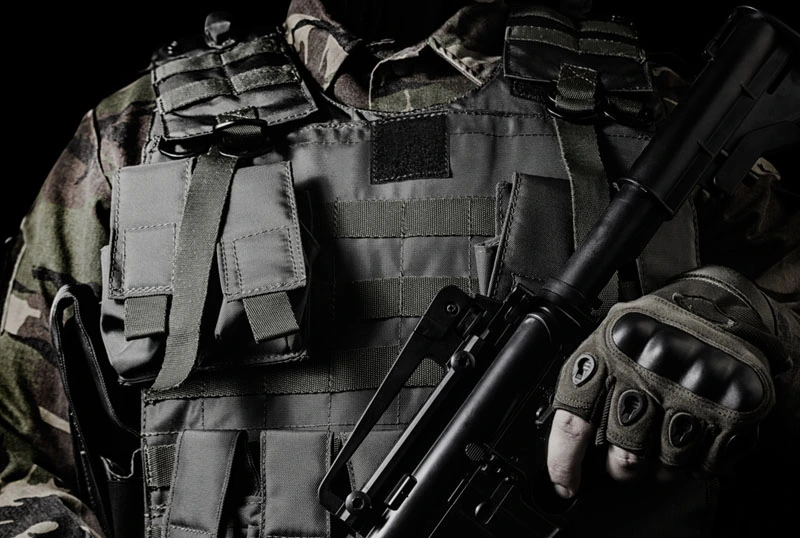
 Shelter and Clothing
Shelter and Clothing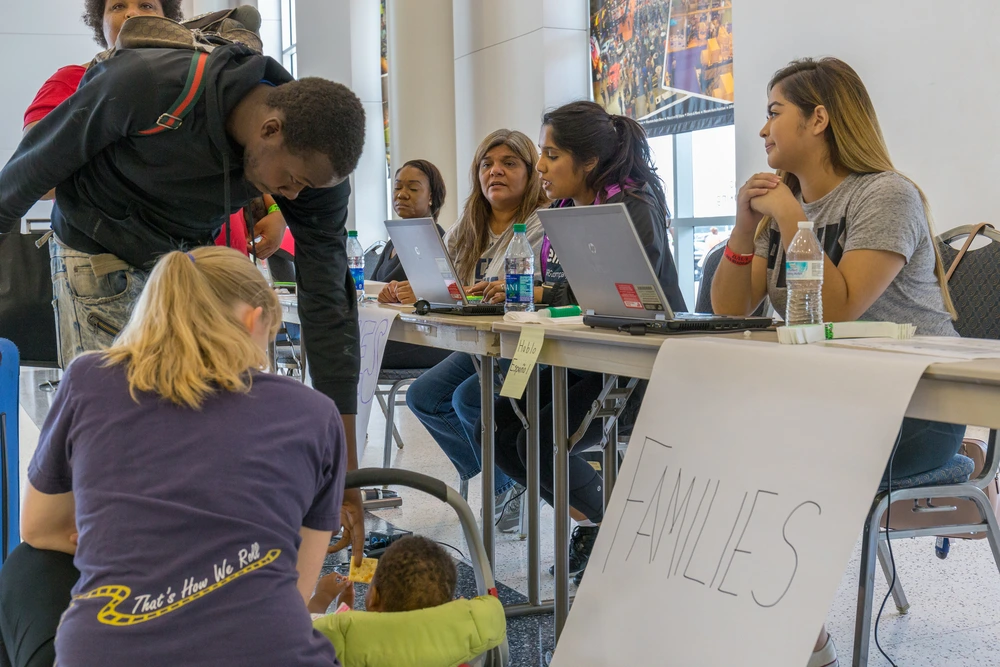 First-Aid and Survival Kits
First-Aid and Survival Kits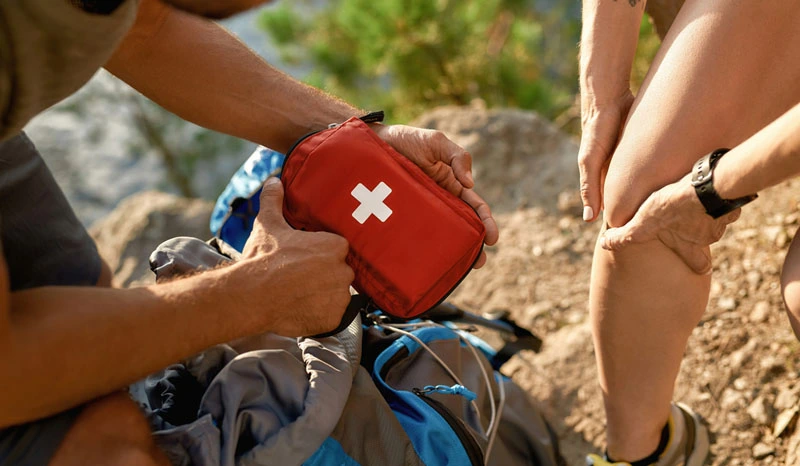 Self-defense and Protection Tools
Self-defense and Protection Tools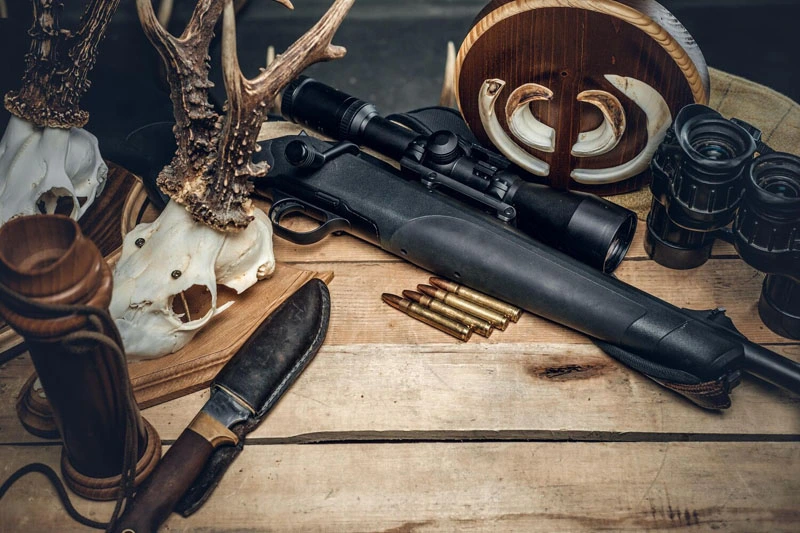 Lighting and Navigation
Lighting and Navigation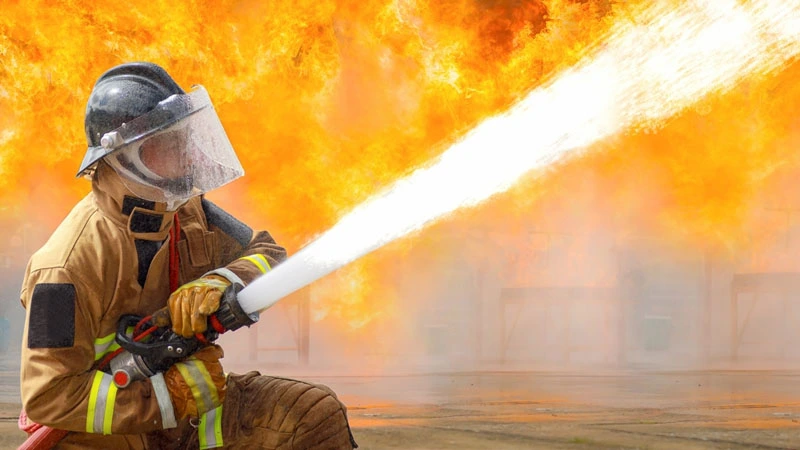 Personalizing Your Tactical Gear
Personalizing Your Tactical Gear